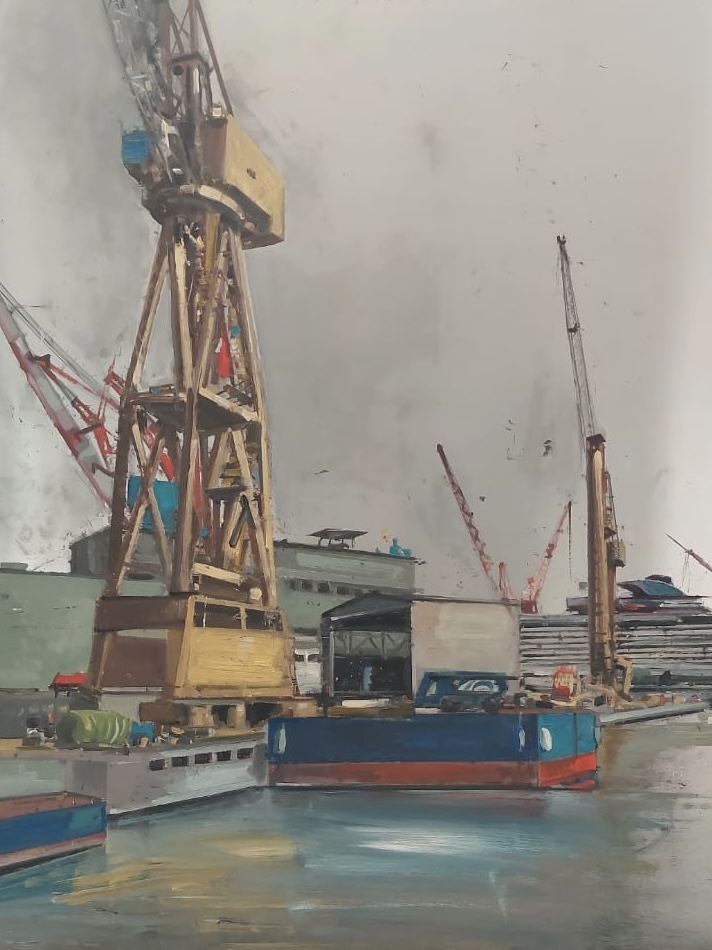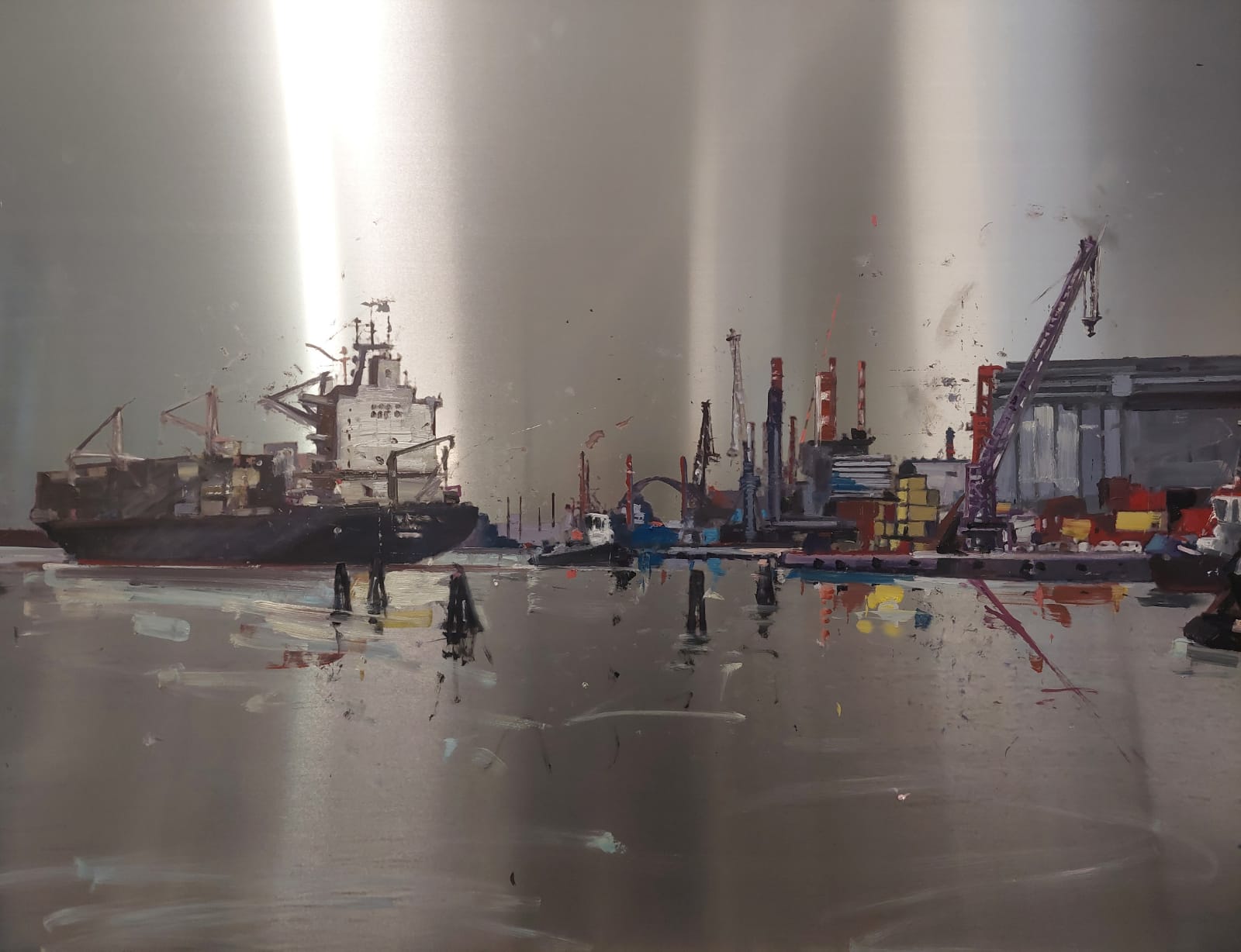Culture in post-industrial society
Technology is not only the engine of production, it is also an element capable of transforming our culture, our relationship with the environment and ourselves. Interestingly, we tend to talk about a post-industrial society, according to the technology we use. The concept of industrial society was quite important because it affirmed the existence of an industrial culture as well as general forms of social relations and actions that were typical of that society and its socio-cultural paradigm. It is necessary to investigate and outline the existence of the post-industrial society in more general areas of social life, that is in areas which result more abstract than production’s. It is the case of culture and figurative art. You should appeal to the most important categories of human experience, such as the idea of space and time. Aesthetics is one of the most cultivated values in post-industrial society as it is able to improve the quality of life and to give value to objects.
Postmodernism
Kant distinguishes between true, good, and beautiful. The truth gives rise to cognitive judgment and founds science; the good gives rise to ethical-practical judgment and founds politics; beauty gives rise to aesthetic judgment and establishes art. For Adorno states that, after Romanticism, the beautiful is no longer the only object of the art, as becomes the place of originality, so devoted to look for novelty, change, surprise, and provocation. Postmodernism is the culture of post-industrial society. Aesthetics frees itself from the category of beauty as an attribute of things. It is art that gives meaning to things, which can be translated in use and meaning.
Symbolism in the art of Alessandro Russo
 With his works Alessandro Russo manages to outline a different vision of the landscape, be it urban and or post-industrial. It implies his ability to represent a new full of colors scenario, as well as atmospheres, iridescent tones, skillfully combining horizontal and vertical lines.
With his works Alessandro Russo manages to outline a different vision of the landscape, be it urban and or post-industrial. It implies his ability to represent a new full of colors scenario, as well as atmospheres, iridescent tones, skillfully combining horizontal and vertical lines.
With their harmonious geometry and their changing deviation from the industrial landscape’s, these lines they create a deeply renewed image. The artist paints a intensely symbolic scenario tied to the current postmodernity, whose borders are blurred and without precise geographical and temporal references. Alessandro Russo’s exhibition offers us fluid images in which contemporary man find himself.
La cultura nella società post-industriale
La tecnologia non rappresenta unicamente il motore della produzione. Essa è un elemento in grado di trasformare anche la nostra cultura, il nostro rapporto con l’ambiente e con noi stessi; ciò giustifica il fatto che definiamo la nostra società, in base alla tecnologia principale che essa utilizza, società post industriale. Il concetto di società industriale è stato importante perché con esso si affermava l’esistenza di una cultura industriale e di forme generali di rapporti e azioni sociali che erano tipiche di tale società e del suo paradigma socio-culturale. È necessario ricercare e delineare l’esistenza della società postindustriale in ambiti della vita sociale più generali, più astratti di quello della produzione: ad esempio, quello della cultura e dell’arte figurativa. Si deve ricorrere alle categorie più fondamentali dell’esperienza umana, cioè dalla concezione dello spazio e del tempo. L’estetica rappresenta uno dei valori maggiormente coltivati nella società postindustriale in quanto è in grado di migliorare la qualità della vita e riesce a conferire valore agli oggetti.
Il postmodernismo
Per Kant esiste una distinzione netta tra vero, buono e bello. Il vero dà luogo al giudizio cognitivo e fonda la scienza; il buono dà luogo al giudizio etico-pratico e fonda la politica; il bello dà luogo al giudizio estetico e fonda l’arte. Per Adorno dopo il romanticismo l’arte non cerca più di essere bella, ma si rende depositaria dell’originalità, ricerca la novità, il cambiamento, la sorpresa e la provocazione. Il postmoderno è la cultura della società postindustriale. L’estetica si svezza dalla categoria del bello come attributo delle cose. È l’arte che conferisce senso alle cose, che possono essere traslate nell’uso e nel significato.
Alessandro Russo e il simbolismo della postmodernità
 Alessandro Russo con le sue opere riesce a delineare una diversa visione del paesaggio, sia quello urbano che quello postindustriale, grazie alla capacità di rappresentare un nuovo scenario denso di colori, di atmosfere, di toni cangianti e sa coniugare in maniera sapiente linee orizzontali e verticali. Esse, nella loro geometria armoniosa e nel diradamento cangiante rispetto all’immagine originale del paesaggio industriale, di cui pure resta il puntuale riferimento iconografico, sembrano creare un’immagine profondamente rinnovata. L’artista dipinge uno scenario denso del simbolismo della postmodernità contemporanea, i cui confini sono sfumati e privi di puntuali riferimenti geografici e temporali; Alessandro Russo ci conduce con la sua mostra in uno scenario che potremmo definire fluido e nel quale l’uomo contemporaneo può rispecchiarsi.
Alessandro Russo con le sue opere riesce a delineare una diversa visione del paesaggio, sia quello urbano che quello postindustriale, grazie alla capacità di rappresentare un nuovo scenario denso di colori, di atmosfere, di toni cangianti e sa coniugare in maniera sapiente linee orizzontali e verticali. Esse, nella loro geometria armoniosa e nel diradamento cangiante rispetto all’immagine originale del paesaggio industriale, di cui pure resta il puntuale riferimento iconografico, sembrano creare un’immagine profondamente rinnovata. L’artista dipinge uno scenario denso del simbolismo della postmodernità contemporanea, i cui confini sono sfumati e privi di puntuali riferimenti geografici e temporali; Alessandro Russo ci conduce con la sua mostra in uno scenario che potremmo definire fluido e nel quale l’uomo contemporaneo può rispecchiarsi.
Dello stesso autore leggi anche: Silvestro Lega, il caso della Dama bianca







